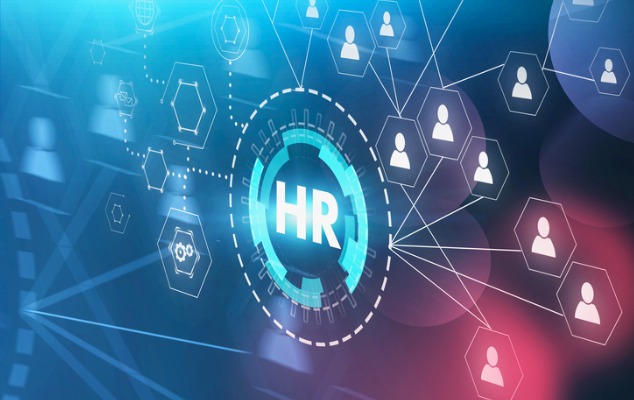Infographic: In Pursuit of High-Performance? Get Started with HR Data & Analytics
Author: Laci Loew
December 12, 2023

HR data and analytics have more potential than just to provide numerical hind sights to the people operations of the business. They are a supercharger to advancing the employee experience, building and sustaining a healthy and inclusive culture, attracting and retaining top talent, and designing and executing on internal talent mobility to align employees' skills with critical work streams. They enable employees to flourish and businesses to thrive even during changing labor markets and turbulent economies.
Data and analytics are reshaping HR from historical, annual, and hindsight-based to predictive, continuous, and foresight-driven. Data enable leaders to avoid costly assumptions and validate hypotheses that inform people decisions and actions with evidence. A data approach leads with questions to be answered. For example:
- What is our diversity on the Board? How does it need to change?
- What investment is necessary to resolve our pay equity issues?
- What is the attrition rate in each business unit (BU)? Why is the rate climbing YOY in some BUs?
- Do we have critical skills gaps now? Within the next five years?
Though HR has traditionally been laggard in advancing a data-driven culture, high-performance organizations understand very well the connection between data-driven people decisions and improvement in business results (e.g., key talent turnover, employee engagement, revenue, etc.). Data-driven organizations outperform their non-data-driven counterparts in almost every key metric.
According to McKinsey, data-driven organizations are 23 times more likely to acquire customers and 19 times more likely to be profitable. PwC research shows that data-driven companies outperform their competitors by six percent in profitability and five percent in productivity. And, according to Forrester Consulting and MIT, companies using data for decision-making are 58% more likely to achieve revenue goals and 162% more likely to surpass them than their competitors.
In the absence of a data-driven culture, well-intended managers and leaders make gut-feel decisions that often are misguided, costly, and even dangerous. For example, they might assume that low employee productivity is prevalent throughout the whole organization when it occurs only in a single functional area. Or, sans analytics capability, leadership is left without insights essential to repeating and scaling a sales approach that yielded higher revenues than ever previously recorded.
In an increasingly competitive and ever-changing global business landscape where agility and resiliency are mainstream for high-performance, it is important to be as informed and prepared as possible - to know what is around the curve before the curve begins. HR data and analytics is one of the most comprehensive and evidence-based ways to level up the performance of people and understand and enable critical work that drives the business forward - today, tomorrow, and in the future.
Getting started is the hardest step. Maintaining momentum comes next. Download our evidence-based and designed infographic to remind Chief People Officers, Chief Human Resources Officers, Chief Data Officers, Heads of Innovation and other senior HR and business leaders about the foundational and essential insights into what HR data and analytics is, the measurable impact a data strategy has on the business, and how leading practice organizations go about building data capability to drive people strategies and decisions.